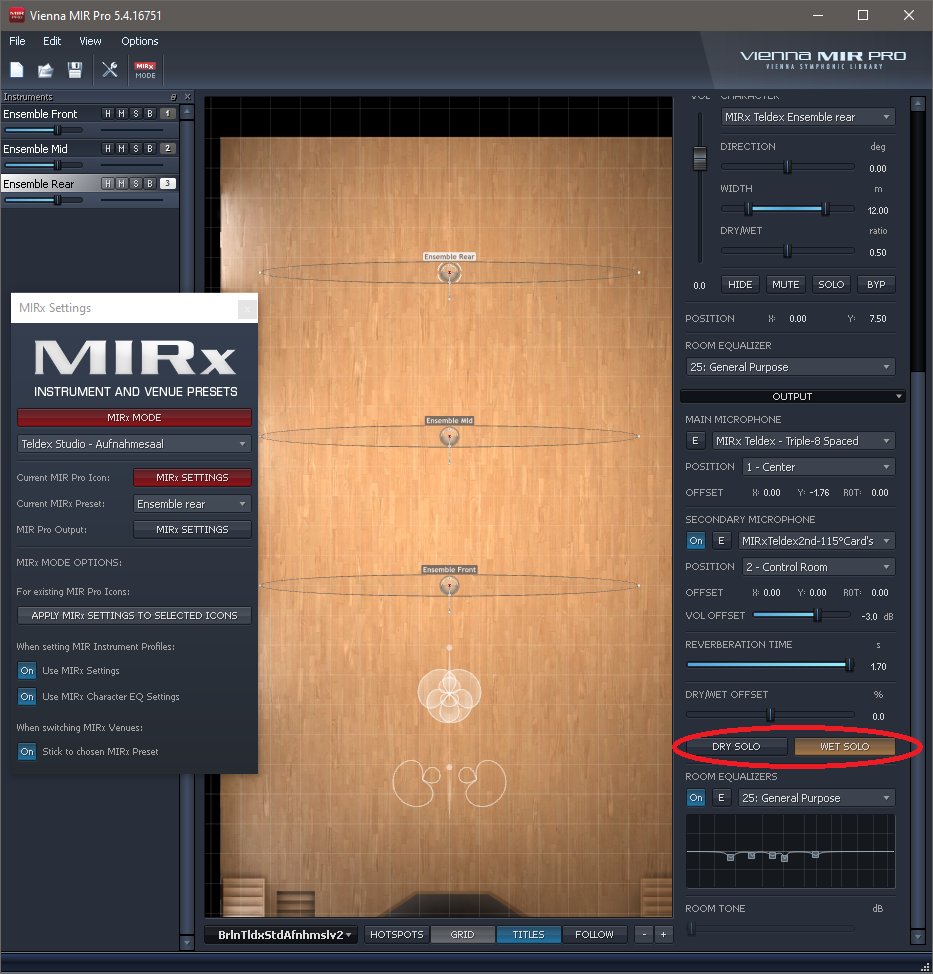Hi, I'm completely new to this concept and was wondering if MIR can serve the purpose of helping me create like a 'ambience/room mic' in a live session and have it blended in the mix for the room tone.
Still waiting for the dongle to come so will demo it for sure. But here are a few thing I was wondering:
It is mentioned that the secondary microphone would be just the room microphone without the direct signal. In this case if I want to create an ambience mic as if there is a performance happening on stage, should I include the direct signals (given that there are actually direct signals happening on the stage) or just the room microphone?
Is natural latency in the room output purely natural? Do I have to take into account phase when playing with mic position like I do in real life?
Can I change the height and angle the mic vertically, like from above aiming towards the floor? This is my usual practice, 3-4 metres up in the air and pointing the mic down towards the musicians, but I find most MIR alternative only offer XYZ and horizontal rotation, but not vertical one.
What's the best settings/ what are some tips in the settings if I want to use MIR with this purpose? Especially the dry/wet slider, the dry directivity etc.
Cheers
